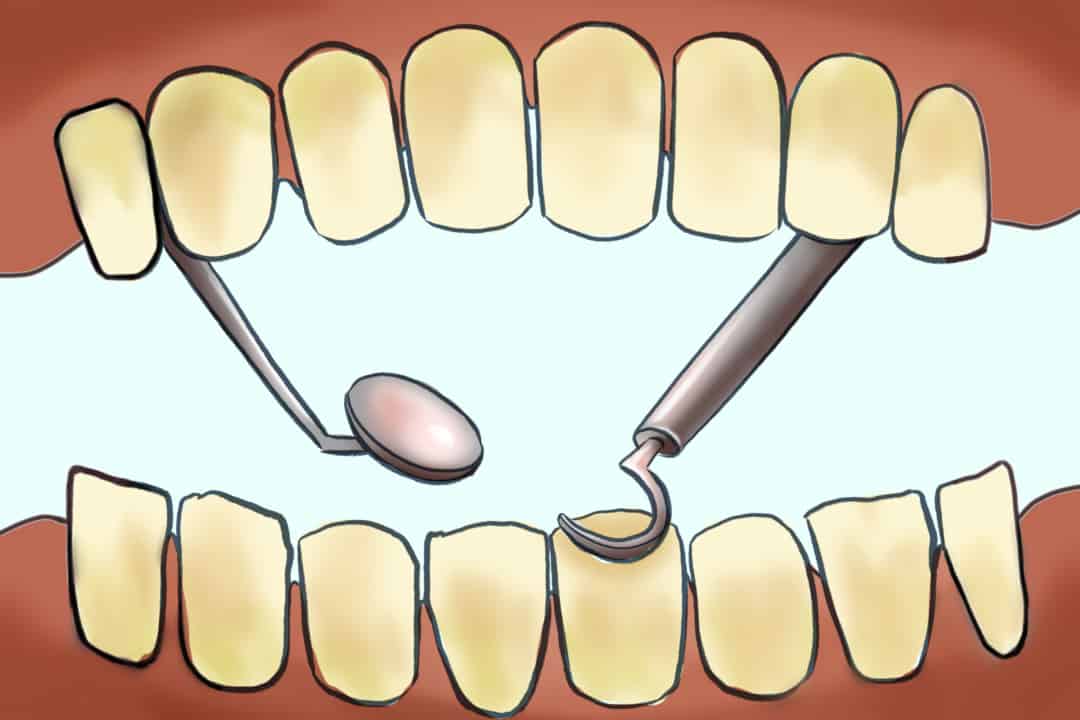Cavities in teeth may result from an immune system response, not just bacteria, according to a recent U of T study. This counters decades of established thinking in dental research.
In 1970, Dr. John Gabrovsek of the Cleveland Clinic published research in the Journal of Dental Research that found that our immune system may contribute to dental cavities. But during the almost 50 years since it was published, most dental researchers have not taken Gabrovsek’s theory seriously — until U of T’s findings were published in April.
The research was spearheaded by Dr. Yoav Finer and Dr. Michael Glogauer, both professors at the U of T Faculty of Dentistry.
“Glogauer approached me a few years ago, [and] told me that these immune system cells have the same enzymes and more enzymes than bacteria have, so why not check them?” Finer explained to The Varsity.
The research team began by examining immune cells called neutrophils. Neutrophils are a type of white blood cell routinely found in the mouth, and they act as the first line of defense against harmful bacteria.
However, as these immune cells fight against harmful pathogens that can damage teeth, they can also cause collateral damage to what they are originally trying to protect — our teeth.
While bacteria still cause most of the damage that results in tooth decay, Finer explained that the research team has found evidence that these immune cells also contribute to cavity formation.
How the research team arrived at the discovery
Through years of study, the team created samples from extracted teeth and then used acid to remove minerals from them.
The application of acid mimicked the effect that harmful bacteria have on teeth, as the acid they release causes tooth decay.
The researchers then isolated neutrophils from human volunteers and kept them at a warm temperature with the extracted teeth.
“That was a daily procedure because you can’t culture these cells — neutrophils — unlike bacteria,” said Finer. “You need to get these cells isolated from the blood donors on a daily basis or every other day.”
The team found that while these immune cells help protect teeth from damage caused by bacteria, they can also remove minerals from tooth dentin, as well as break down white-coloured tooth fillings.
A possible explanation for why neutrophils can degrade teeth, according to Finer, is their enzymes — biological molecules that speed up chemical reactions. However, it remains unclear which type of enzyme could be responsible for contributing to dental decay.
Applications of the research findings
Protecting our teeth is important, as dental diseases can affect not just our mouths, but our overall health. For example, bacteria that cause gum disease can lead to infections of our lungs and increased risk of blockage in arteries that can damage our hearts.
Glogauer’s research team has been developing a mouth rinse that could prevent some of the degradation caused by these immune cells to apply the findings to clinical dentistry.
Finer’s research team has also been developing a dental varnish that contains anti-degradative factors to help counteract the effect of both bacteria and neutrophils on teeth.
However, preventing tooth decay ultimately comes down to maintaining good oral hygiene.
“With a recommended toothpaste and toothbrush, keeping good oral hygiene is the key,” explained Finer. “It’s our first line of defense and can eliminate a lot of problems… the immediate thing is making sure you keep your sugar consumption under control.”


